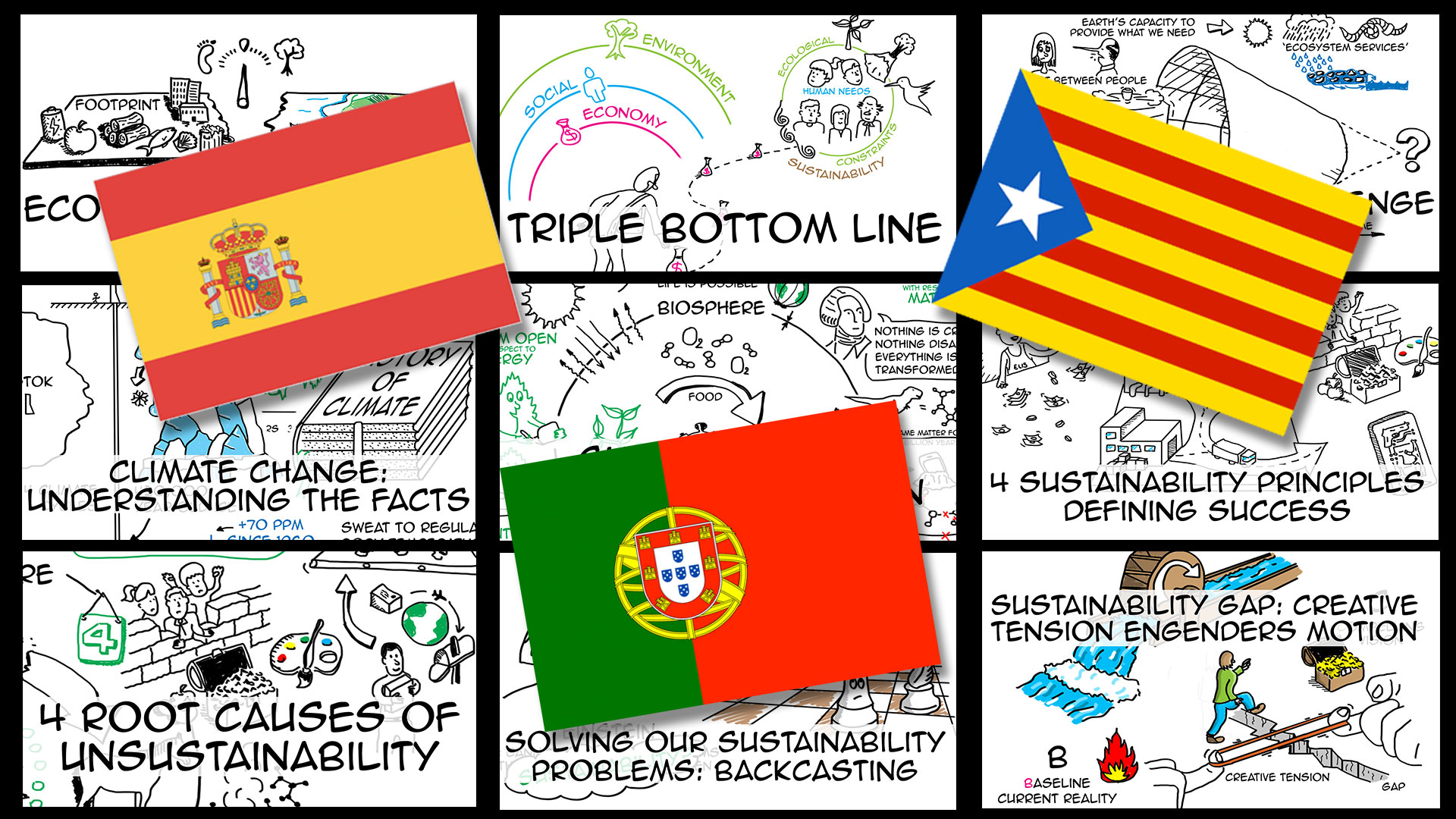Morphological and Syntactical Variation and Change in Catalan
Descrição
Catalan is a Romance language closely related to Gallo-Romance languages. However, contact with Spanish since the 15th century has led it to adopt various linguistic features that are closer to those seen in Ibero-Romance languages. Catalan exhibits five broad dialects: Central, Northern, and Balearic, which pertain to the Eastern dialect block, and Northwestern and Valencian, which make up the Western. This article deals with the most salient morphosyntactic properties of Catalan and covers diachronic and diatopic variations. It also offers information about diastratic or sociolinguistic variations, namely standard and non-standard variations. Among the most characteristic morphosyntactic features are the following: 1. Catalan is the only Romance language that exhibits a periphrastic past tense expressed by means of the verb anar ‘go’ + infinitive (Ahir vas cantar ‘Yesterday you sang’). This periphrastic past coexists with a simple past (Ahir cantares ‘Yesterday you sang’). However, Catalan does not have a periphrastic future built with the movement verb go.2. Demonstratives show a two-term system in most Catalan dialects: aquí ‘here’ (proximal) and allà or allí ‘there’ (distal); but in Valencian and some Northwestern dialects, there is a three-term system. In contrast with other languages that have a two-term system, Catalan uses the proximal demonstrative to express proximity either to the speaker or to the addressee (Aquí on jo soc ‘Here where I am’, Aquí on tu ets ‘There where you are’).3. Catalan has a complex system of clitic pronouns (or weak object pronouns) which may vary in form according to the point of contact with the verb, proclitically or enclitically; e.g., the singular masculine accusative clitic can have two syllabic forms (el and lo) and an asyllabic one (l’ or ‘l): El saludo ‘I am greeting him’, Puc saludar-lo ‘I can greet him’, L’havies saludat ‘You had greeted him’, Saluda’l ‘Greet him’.4. Existential constructions may contain the predicate haver-hi ‘there be’, consisting of the locative clitic hi and the verb haver ‘have’ (Hi ha tres estudiants ‘There are three students’) and the copulative verb ser ‘be’ (Tres estudiants ja són aquí ‘Three students are already here’) or other verbs whose behavior can be close to an unaccusative verb when preceded by the clitic hi (Aquí hi treballen forners ‘There are some bakers working here’).5. The negative polarity adverb no ‘not’ may be reinforced by the adverbs pas or cap in some dialects and can co-occur with negative polarity items (ningú ‘anybody/nobody’, res ‘anything/nothing’, mai ‘never’, etc.). Negative polarity items exhibit negative agreement (No hi ha mai ningú ‘Nobody is ever here’), but they may express positive meaning in some non-declarative syntactic contexts (Si mai vens, truca’m ‘If you ever come, call me’).6. Other distinguishing items are the interrogative and confirmative particles, the pronominal forms of address, and the personal articles.

Languages, Free Full-Text

Varieties of Arabic - Wikipedia

Indirect structural crosslinguistic influence in early Catalan–Spanish bilinguals in adulthood: Predicate selection in Catalan existential constructions, Applied Psycholinguistics

Argument structure and the syntax-morphology interface. A case

Linguistic Variation in the Shakespeare Corpus: Morpho-syntactic variability of second person pronouns

Updates

Morphological and Syntactical Variation and Change in Catalan

Language Development and Disorders in Spanish-speaking Children

On the Notion of Theme Vowel: A New Approach to Catalan Verbal Morphology. Master of science thesis

IR4.5 Morphological variation

Dictionarization of Catalan Neologisms - Peter Lang Verlag

PDF) Rethinking the Tobler-Mussafia Law: Data from Old Catalan

Double Negation in Catalan and Spanish. Interaction Between Syntax and Prosody

Morphological and Syntactical Variation and Change in Catalan

Studies in Language Variation
de
por adulto (o preço varia de acordo com o tamanho do grupo)






